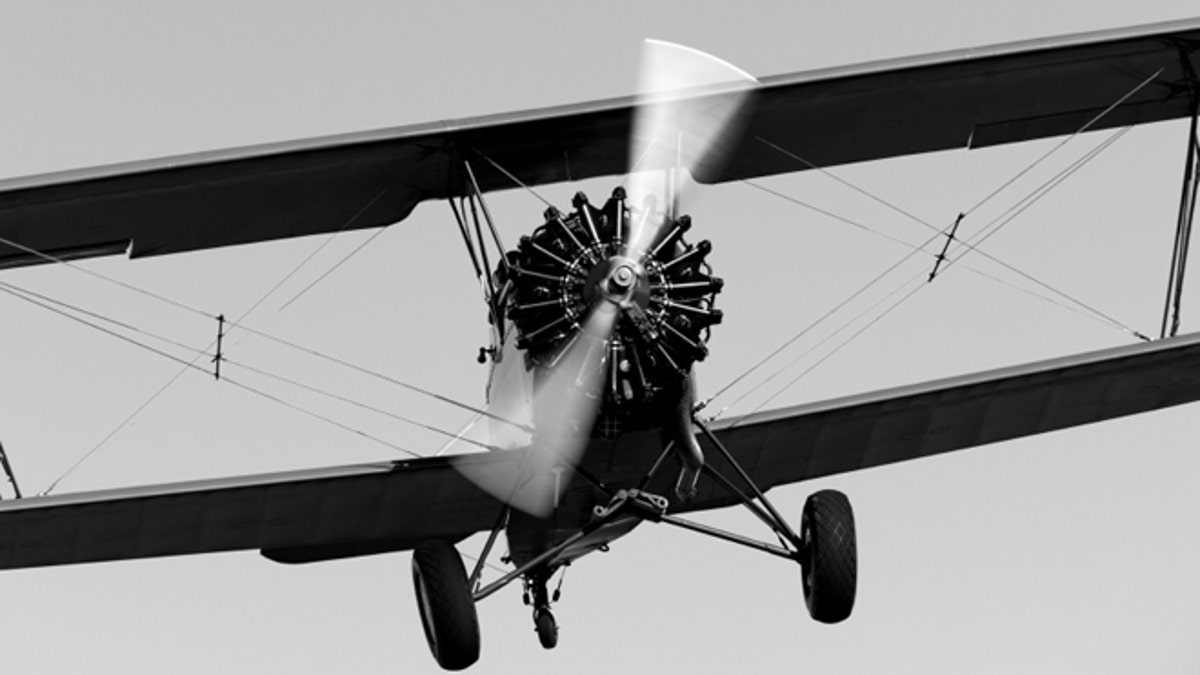
(iStock/David Birkbeck)
The world's airlines are buying lots of new shiny planes of all sizes and types and that’s good news for travelers, giving them some sense of justice now that airfares are going up and airlines profitable again.
Even so, the skies are full of older planes—DC-9s, 717s, early versions of the 757 and 767 and 737, to name a few. This is not to say that old planes are unsafe. That's simply not true. But newer planes usually offer better amenities, such as in-seat 110-volt power in all classes, seat back video monitors in all classes, larger overhead bins, and their interiors are just more pleasing to the eye—fewer nicks and scratches, worn carpets, that sort of thing.
When you make your reservation, you can actually search for and choose newer models. Some airplane types are likelier to be older than others, especially those that are no longer produced. The venerable 757 debuted in 1981, which means that there are some examples plying the airways that could be 26 years old.
Boeing 767s are no longer made, nor is the Airbus A300, which launched in 1972 as the world's first twin-engined widebody. Airbus A380s, Boeing's 777-300ER (launched in 2004), and later models of the Boeing 737 such as the 737-800 and -900ER are going to be newer planes.
But what about the specific aircraft you're flying on? In case you're curious next time you fly, how do you tell a plane's exact age?
One method is to note the plane's registration number (also known as the "N-number" for U.S.-registered planes or the "tail number," so called because it is usually displayed on the tail end of the fuselage) and look it up here (click on the airline's link and scroll down). For US-based airlines, you can also find the age and much more about the plane by going here and typing in the aircraft's N-number).
Granted, it might be difficult to see the registration number from the gate unless the plane is parked at such an angle that the number is visible, or unless you're boarding or deplaning using stairs (as you do at some smaller airports). You can also ask a gate agent or the pilots for the registration number, although there have been reports of ill-defined security concerns when passengers request this information. I've also read that the registration number is sometimes displayed on placards inside the plane, either in the cockpit or near the doors or jump seats.
If you're flying on United Airlines, you can figure out the N-number by checking the flight status and noting the four-digit "aircraft number" and then finding the corresponding "fleet number" on Planespotters. A few other airlines have similar workarounds.
If you prefer something less airline-geeky and quantitative, here are some visual ways to tell if the plane you’re flying on has been around a while:
- The flight attendant call button icon is wearing a skirt or it's labeled "stewardess" (male flight attendants have been around since the dawn of commercial aviation, so this is a bit sexist)
- There’s an ashtray in the lav on or the seat's armrest.
- There’s a razor blade disposal slot in the lav.
- There are video monitors hanging down from the ceiling instead of in the seatbacks.
- There’s a no smoking sign above the seats rather than a “turn off electronics” symbol.
- The in-seat power outlets are DC instead of 110-Volt (granted, some newer aircraft have no in-seat power ports at all).
- There’s a stairway to the outside in the tail.
- There are three engines instead of two or four.
- The company that made it no longer makes the plane.
- The company that made it no longer exists.
- The economy class seat padding is more like a La-Z-Boy than a church pew.
- There’s a landing gear over the tail instead of at the front (a DC-3).
- There’s no landing gear. But you'd be flying in a Pan Am Flying Boat. And you'd be time traveling.
